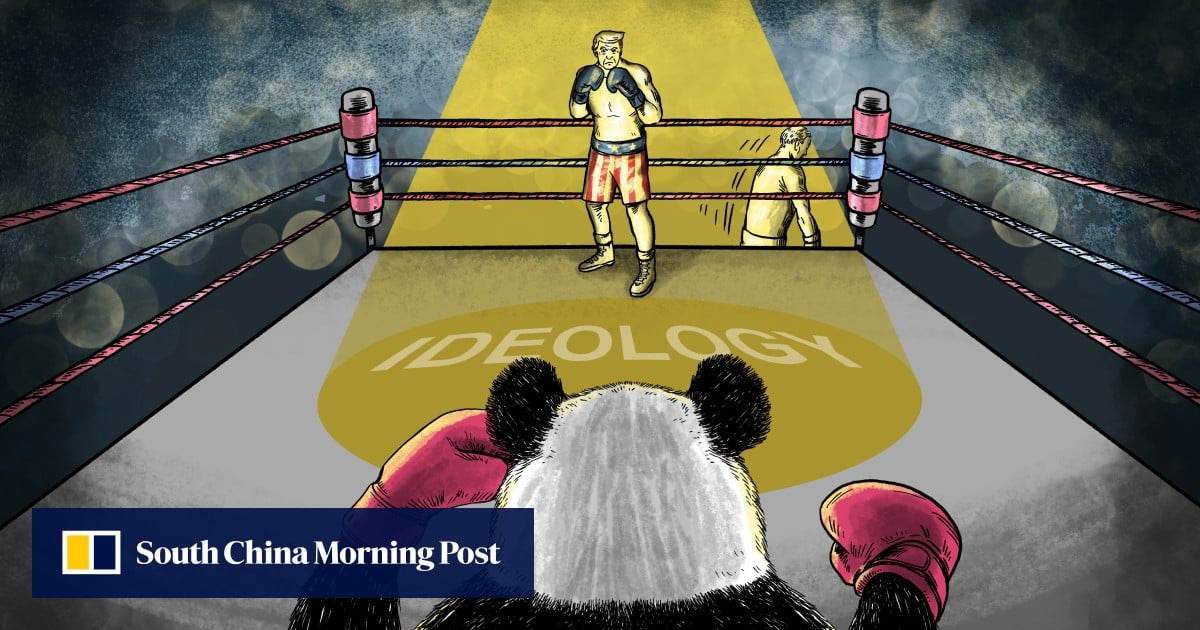A view shows a newly opened office of Russia’s largest lender, Sberbank, in the course of Russia-Ukraine conflict in Donetsk, Russian-controlled Ukraine, June 30, 2024. REUTERS/Alexander Ermochenko
| Photo Credit: ALEXANDER ERMOCHENKO
India and Russia have doubled their payments in national currencies (rupee-rouble) since last year despite sanctions by the U.S. and European Union, said Russia’s largest, state-controlled bank Sberbank that handles a majority of payments for Indian exports to Russia.
The surge may rise further after Prime Minister Narendra Modi’s visit to Moscow last week, economists and Indian businessmen working in Russia hope, warning that in the absence of the Indian rupee, Chinese businesses and the yuan would continue to benefit from the “vacuum” created by the exit of Western companies.

“We are witnessing an increase in trust towards the rupee from our clients. Today, not only have rupee-denominated current accounts become a reality, but also rupee deposits, which businesses are showing great interest in. Since the beginning of the year, the volume of corporate deposits in rupees has increased sixfold,” a Sberbank spokesperson told The Hindu in response to queries about potential growth areas, adding that the rupee is now “easily convertible” in Russia, and that Sberbank hopes to serve as a “Sherpa” for more businesses given the $100 billion trade target by 2030 set by Mr. Modi and Russian President Vladimir Putin during talks.
The trade target is likely to be reached sooner than 2030 as bilateral trade in 2023-24 was already around $65 billion, with $60 billion just Russian exports to India, mainly in energy. In addition, a “Joint Leaders’ Statement on the development of strategic areas of Russia-India economic cooperation for the period up to 2030” issued on enhancing economic cooperation, aims to tackle nine specific areas to ease and facilitate trade, investment and remittances between the two countries. The statement also refers to the conclusion of a free trade agreement with the Eurasian Economic Union (EAEU), including Russia, Belarus, Armenia, Kazakhstan and Kyrgyzstan at the earliest.
Also Read: PM Modi’s Moscow visit: Five areas to watch closely
“Prime Minister Modi’s journey to Moscow was very important because it was the first visit at a time when economic cooperation between the two countries has come to a qualitatively new level,” said Lydia Kulik, Head of India Studies at the SKOLKOVO Institute for Emerging Market Studies, at Moscow School of Management. “Secure payment mechanisms, insurance and logistics are among the most important areas to focus on,” she added, listing auto and aviation components, chemicals, microelectronics, consumer electronics, machinery, medical devices and agricultural products as sectors in which Indian companies should consider exporting to Russia. This would also make things easier for tourists and students in Russia, who presently have to carry currency as the SWIFT payment ban means Mastercard and Visa cards don’t work.
According to a growing number of Indian businessmen now based in Russia, particularly in metallurgical and pharmaceutical sectors, the government must move quickly as China has taken more advantage of the sanctions to fill the space vacated by nearly all Western brands, and already has bilateral trade of $240 billion, which is more evenly balanced. At present, even Indian companies are being forced to consider payments in the Chinese yuan, they say.
“I think sanctions have created new opportunities, and China has gained a lot compared to India. Of course, the Indian government has been very positive about [trade with Russia], but somehow it has not achieved the same scale as China,” explained Sukrit Sharan, a St. Petersburg-based board member of a joint venture between International Institute for Advanced Aerospace Technologies (IIAAT) and Indian firm Millennium Aerodynamics that produces “hybrid aeroboats”.
“Indian businesses should come and venture into the market, they should fill up the Russian market with Indian products for which there is a vacuum in the region,” he said, explaining that rather than fearing the impact of sanctions, Indian companies should benefit from the fact that there are no more Western market competitors in Russia, and take advantage of the banking arrangements that have now cleared the backlog of about $30 billion accumulated in rupees between the two countries.
According to figures shared by Sberbank, in January-June 2024, the volume of payments processed doubled compared to January-June 2023, and the number of transactions Sberbank handled increased by 80% in the first half of 2024. While Sberbank has operated branches in India since 2010, sanctions were imposed by the U.S. in the immediate aftermath of Russia’s invasion of Ukraine in February 2022, and then by the European Union in July 2022.






